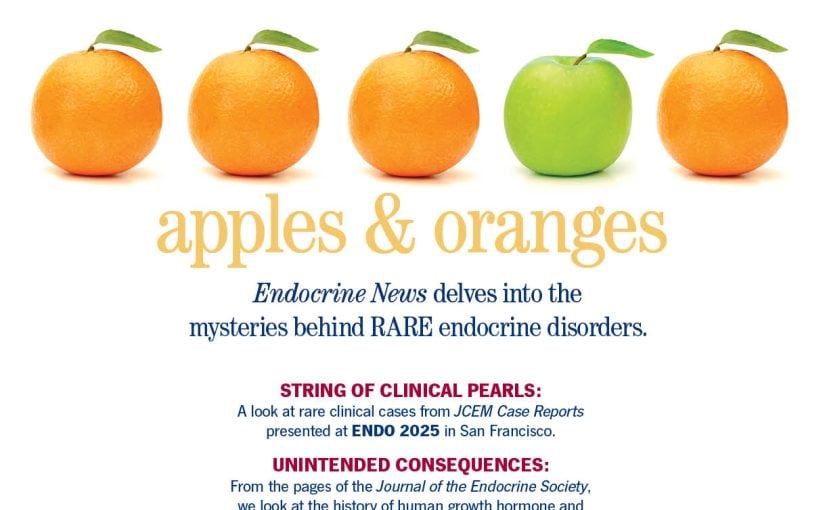A paper recently published in Endocrine Reviews looks to provide readers with an improved understanding in approaches to using hormone therapy to treat menopausal women.
The review, by Valerie Flores, MD, and Lubna Pal, MD, of Yale School of Medicine and JoAnn Manson, MD, of Harvard Medical School, points out that hormone therapy remains the best and most effective treatment option for treating menopausal vasomotor symptoms (VMS) and the genitourinary syndrome of menopause (GSM). Hormone therapy has also been shown to reduce the risk of fracture and type 2 diabetes.
However, hormone therapy does carry some risks, especially in women with advanced age or comorbidities or other risk factors for stroke or venous thromboembolism. Especially in women who experience early or premature menopause (and are thus at increased risk of osteoporosis and coronary heart disease [CHD]), the authors write that initiation of hormone therapy should be prioritized, “even in the absence of bothersome symptoms given that in the absence of intervention, this patient population is at an elevated lifetime risk for a number of chronic disorders that can be mitigated with timely initiation of hormone replacement.”
The authors write about the “timing hypothesis” — that is, the timing of HT initiation in relation to time since the final menstrual period. The authors write that analyses of the Women’s Health Initiative (WHI) hormone therapy trials show that the more proximate the time of the initiation of hormone therapy, the more likely it is that hormone therapy will be more protective. On the other hand, older menopausal women who are more than 10 years out from their final menstrual period, are at higher risk for hormone therapy-related adverse outcomes. In women who were more than 20 years from the time of menopause use of HT was associated with a significantly increased risk of CHD. “[S]ubsequent metanalyses have also demonstrated reduced risk of CHD in women initiating [hormone therapy] within 10 years of menopause onset.”
The review covers a lot, and looks to a better understanding of the timing hypothesis, the role of transdermal vs oral HT, and novel treatments for menopause symptoms, such as more precise, nonhormonal therapies. The review also notes that hormone therapy prescriptions remain low, which could reflect a lingering concern on the part of clinicians as well as ongoing hesitation on the part of menopausal women regarding the safety of hormone therapy.
This review also shows the continued importance of tailored care for each woman. “While it is important to understand potential risks associated with [hormone therapy], it is equally important to recognize the benefits of treatment, the authors write. “For the vast majority of symptomatic women, the benefits of HT outweigh the risks. It is imperative that the choice of treatment be individualized and that patients share in the decision making.”

